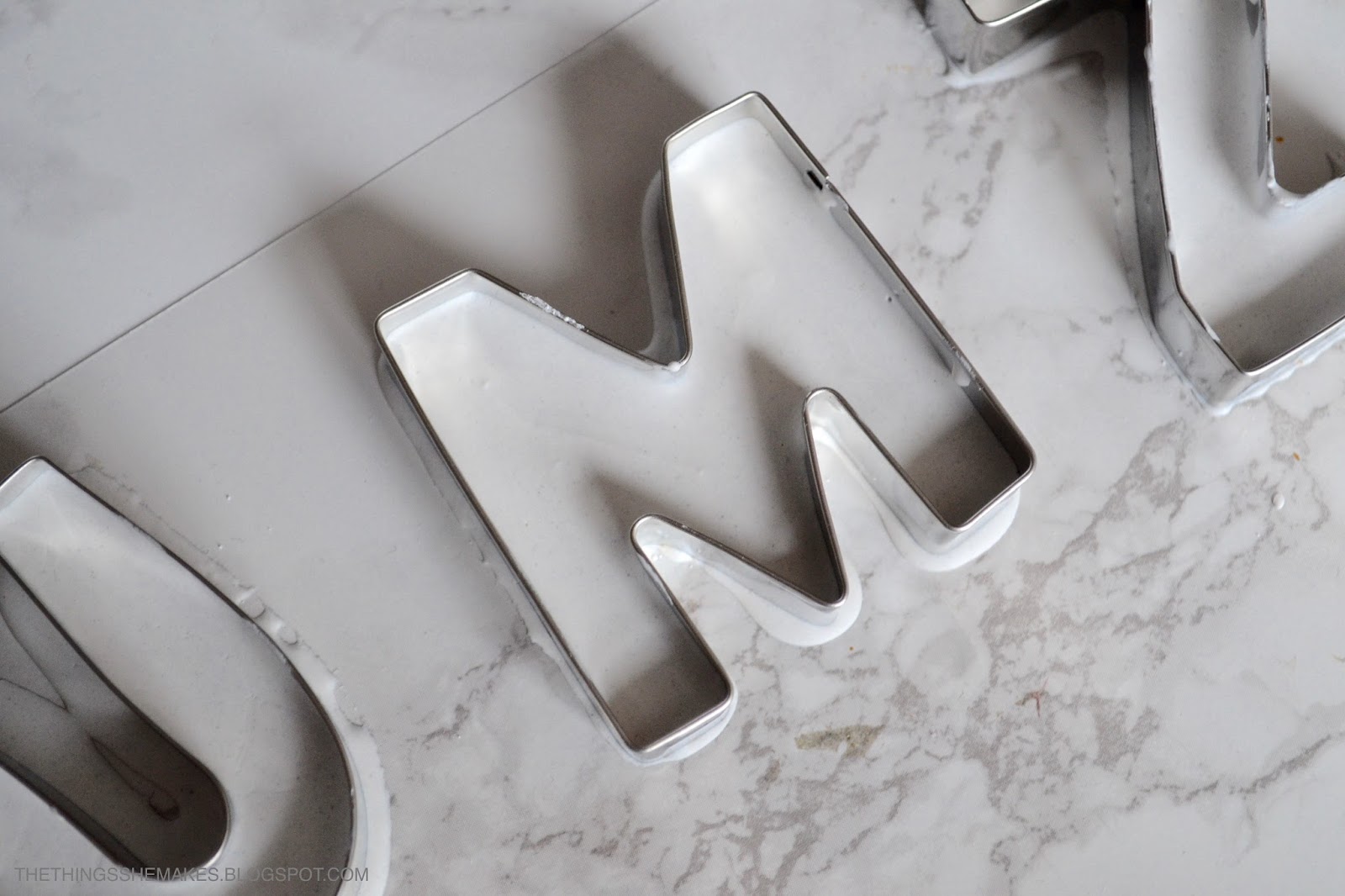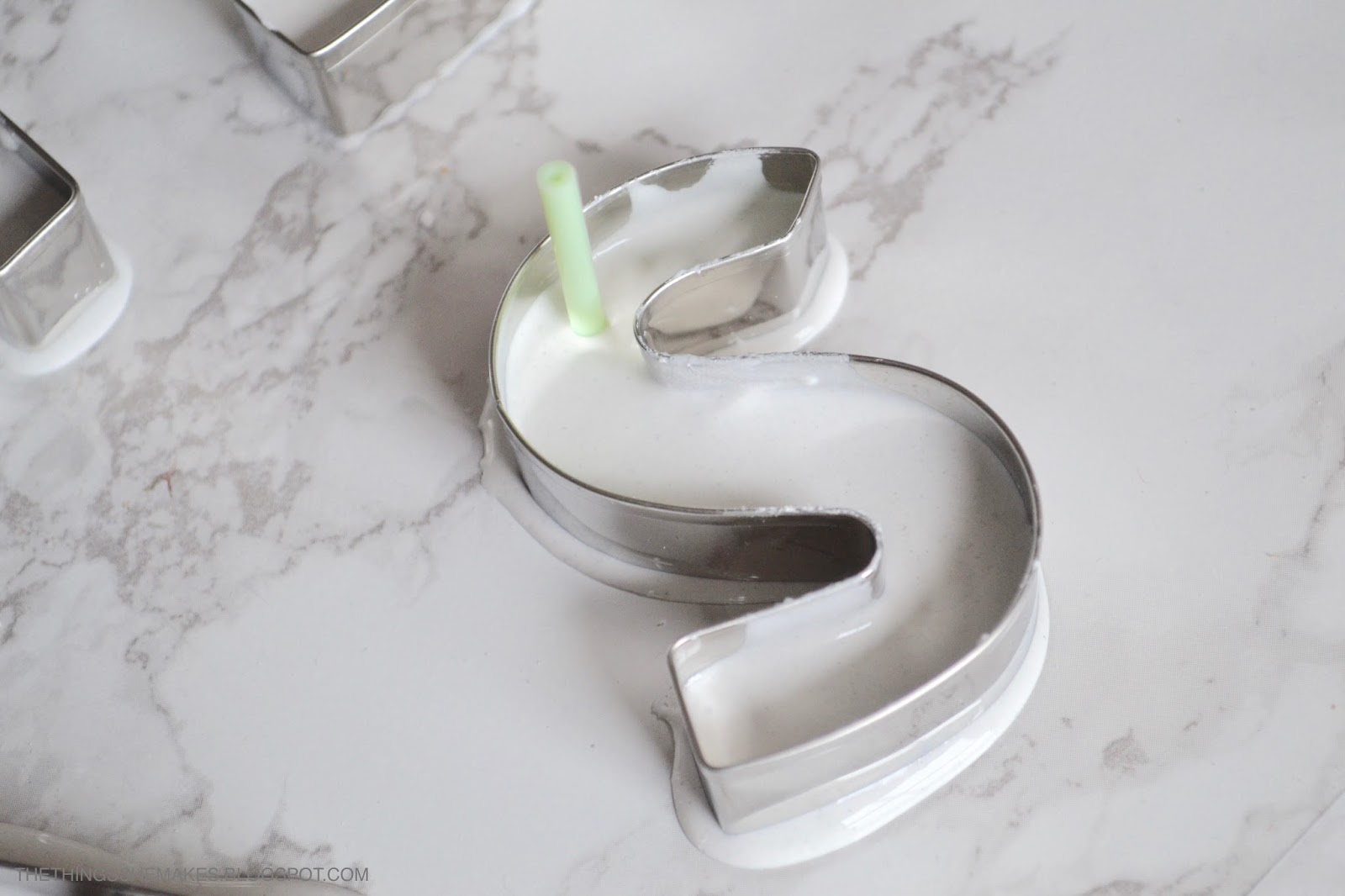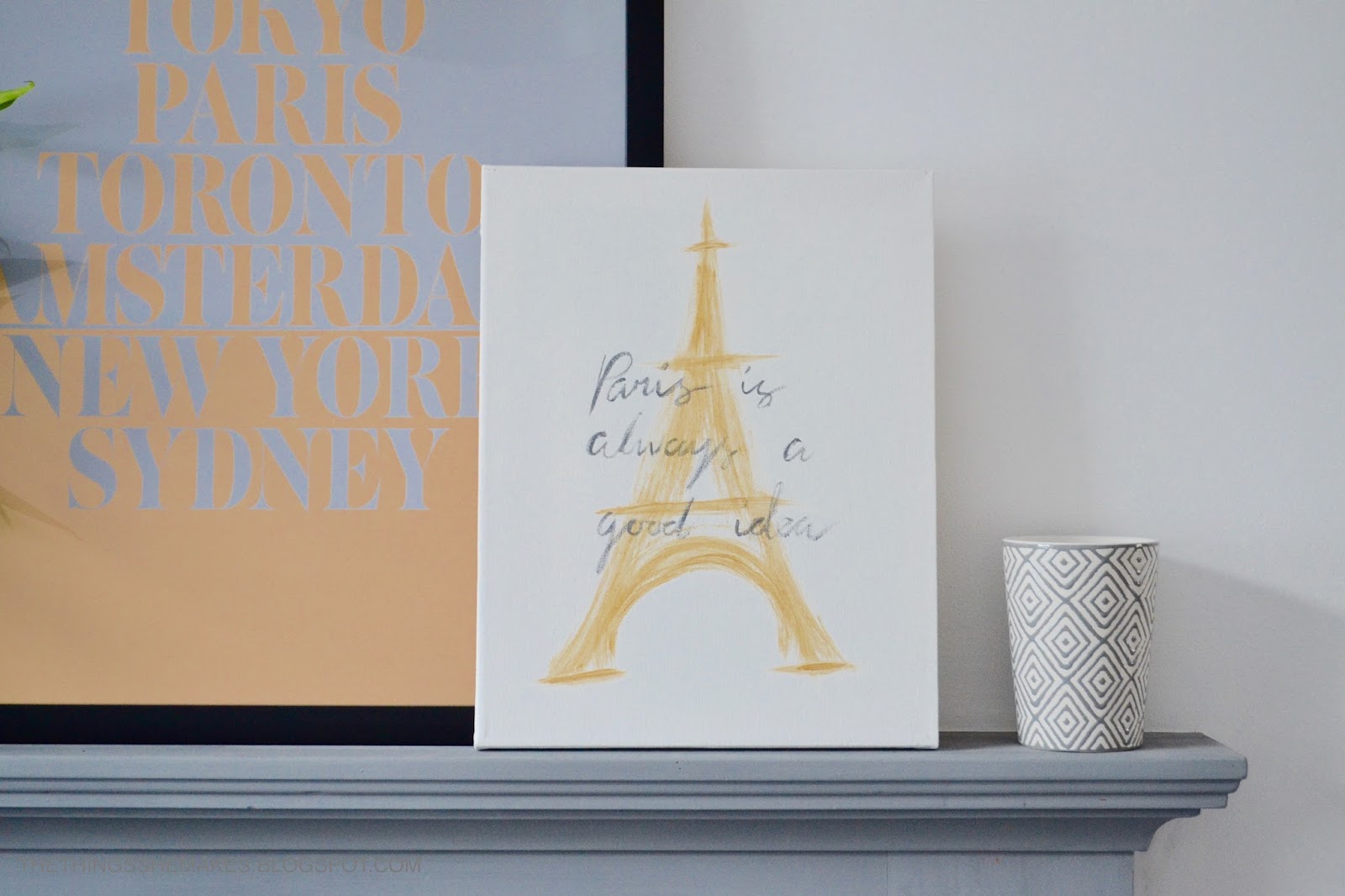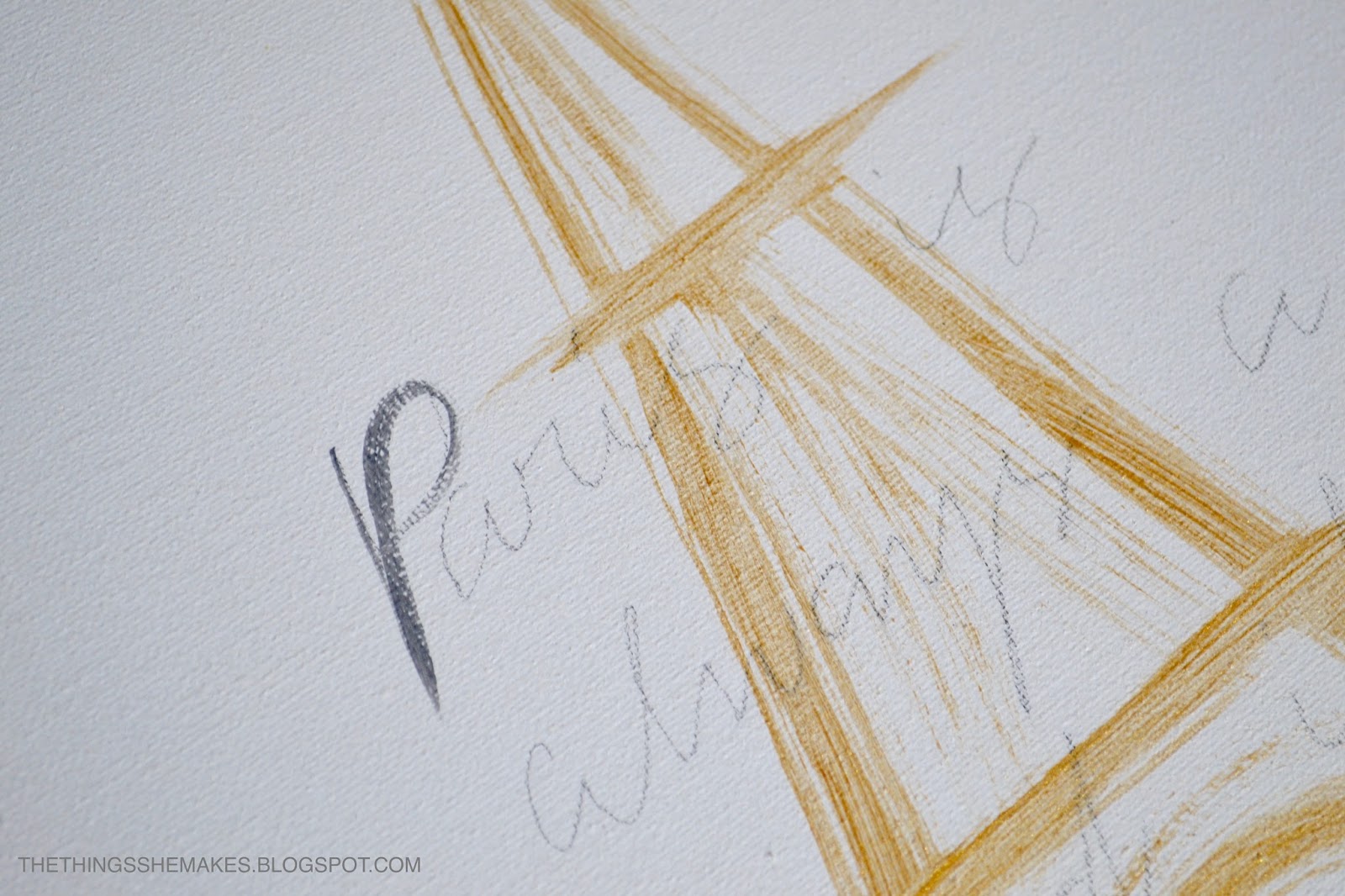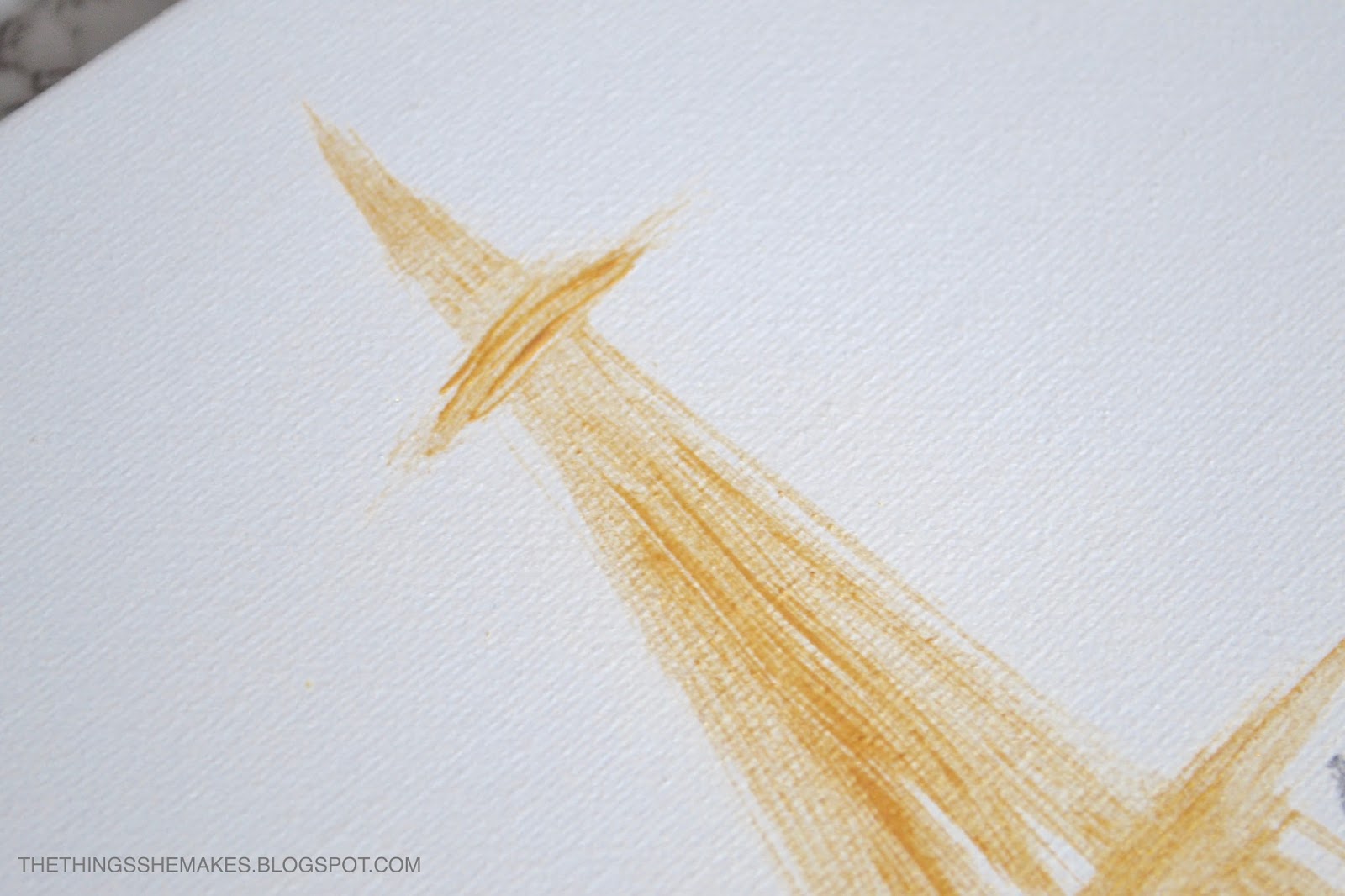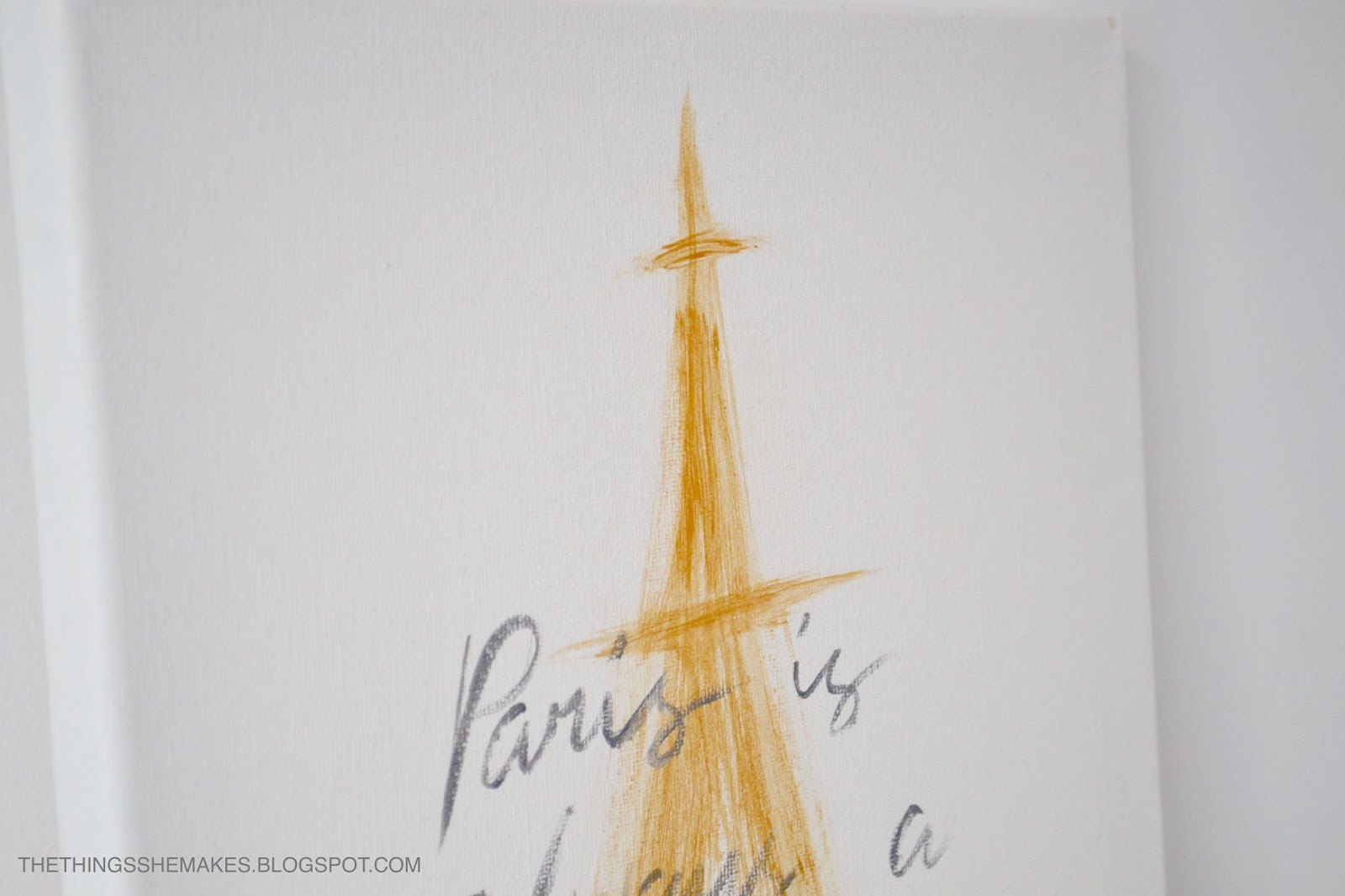How have I been sleeping without this? The clocks have gone forward, Spring is here and today you can make a bunny sleep mask in less than an hour - nap-wear complete.
| WHAT YOU NEED |
| HOW YOU MAKE IT |
Lets start with the mask. I don't have a sleep mask to use as a template, but I do have sunglasses - and they cover my eyes fine. Some sleep masks are so large, that I don't like the fit of them, so I used my sunglasses as my template and then added a cm or two to create my mask. I opted for a soft jersey fabric:
Cut out two pieces and then let's move on to the headband. There are many ways you can do this - ribbon that you tie, elastic, velcro.......... I opted for elastic with a contrasting fabric. I was given some scraps of fabric from my godmother and they are some gorgeous grey mixes, so I wanted to use these for both the headband and ears [more on them later]. I measured my fabric simply by measuring the length from one side of my head, round the back to the other - around eye distance and doubling it - I like the gathered effect and it's required for the stretch of the elastic. Fold your fabric sides touching, inside out and run a stitch along the side:

Turn your headband fabric right side out and then thread a length of elastic through. The length of elastic you need is a taught measurement of the elastic from one side of your head to the other - tight enough to hold your mask in place, but not so tight to give you a headache! [As a guide, this should be around 1 and 1/2 in length as the width of your mask]:
To sew your head band in place, turn your fabric with right sides insdie facing. Sandwich your headband at each side, ensuring the edges of the elastic and fabric are showing to secure them in place. To sew easily, let the rest of the headband fall out the top so that it all out of the way:
Use a machine or needle to sew your fabric pieces together with a running stitch - from side to side:
Turn you mask the right side out and ensure the hems are straightened and flat:
Now for the ears. Using the size of your mask to guide you, cut two felt bunny ears. Mine are around 12cm in length:
I opted to use fabric glue to cover my ears. Not only is this quick, but the glue - when dry - will act to help the ears stick up as it stiffens the felt. Lay the fabric, design side down with the felt placed on top. Trim the fabric so that it follows the shape of the ear with around a 1-2 cm seam. Run the glue along the outside of the felt and fold the fabric over to cover the front neatly.
Now, use the other felt ear to cut two pieces of the same fabric to size. Add glue along the side of one and add this to cover the back. It will all look a little lumpy and untidy at this stage, but we'll neaten that once dry! Repeat the process with your other ear:
Leave to dry completely and then trim the material to ensure it is all neat and tidy. The fabric glue will help stop the material fraying, so make sure any edges are neatened up with a thin layer of the glue as a seal. To ensure the ears are as neat as possible, give them a quick iron to smooth the fabric:
Get your bunny ears in place [to help them stick up, make sure the bottom of the felt will be caught between the front and back layers of fabric] and either machine sew, or hand sew along the top to secure everything:
...and your nap times will never be the same again. Make one - you wont regret it!

































